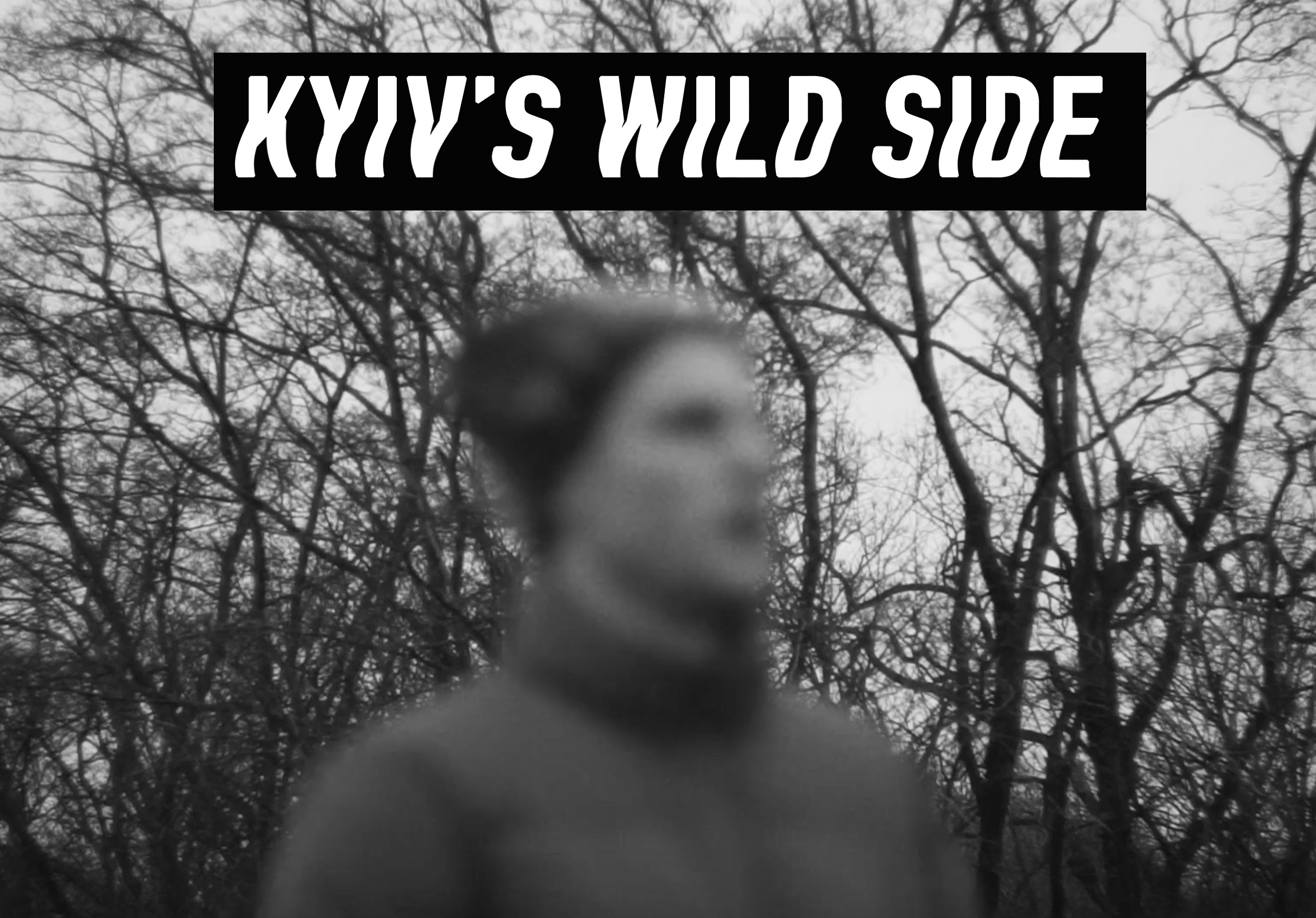
The Voiceover Project: Ukrainian Musicians Finding Peace of Mind in Kyiv’s Wild Side
By Olena Lysenko
Feb 23, 2020
A young Ukrainian filmmaker, Yura Katynsky, presented The Voiceover Project, a conceptual approach to sound recording, in which he attempts to bridge the gap between musicians and the audience. Filming in a documentary style across various sites around Kyiv, Katynsky created atmospheric clips that are focused on the voice of the artist, who are ‘living in the moment’. He set up DakhaBrakha’s vocalist, Nina Garenetska, on the top of Shchekavytsia Hill; the pop singer Khayat on a boat in Hydropark; Kazka’s musician, Dmytro Mazuriak, with a sopilka flute on the top of Lysa Hora; Yuko’s vocalist, Yuliia Yurina, near Pecherska metro station; Dakh Daughters’ Solomia Melnyk close to the Babyn Yar Memorial site, and rapper Alina Pash somewhere close to the yards of Reiterska street.
According to Katynsky, he initially had no intention to focus his project on Kyiv; after all, these clips could have been filmed anywhere else. But the production invariably captured the lush atmosphere of Kyiv’s green forests and hills, which still exist in the heart of the city and, so far, remain untouched by local development companies. These sites are greatly treasured by locals and their feelings of tenderness towards them are well-documented in Yura’s clips.
Katynsky recorded the sound “unprofessionally” – without the use of additional microphones and a sound engineer – which resulted in the creation of an intimate portrait of his characters. “It helped to make the sound more raw and authentic. There’s only me and the character, which feels more open.”, he told SEE-K.
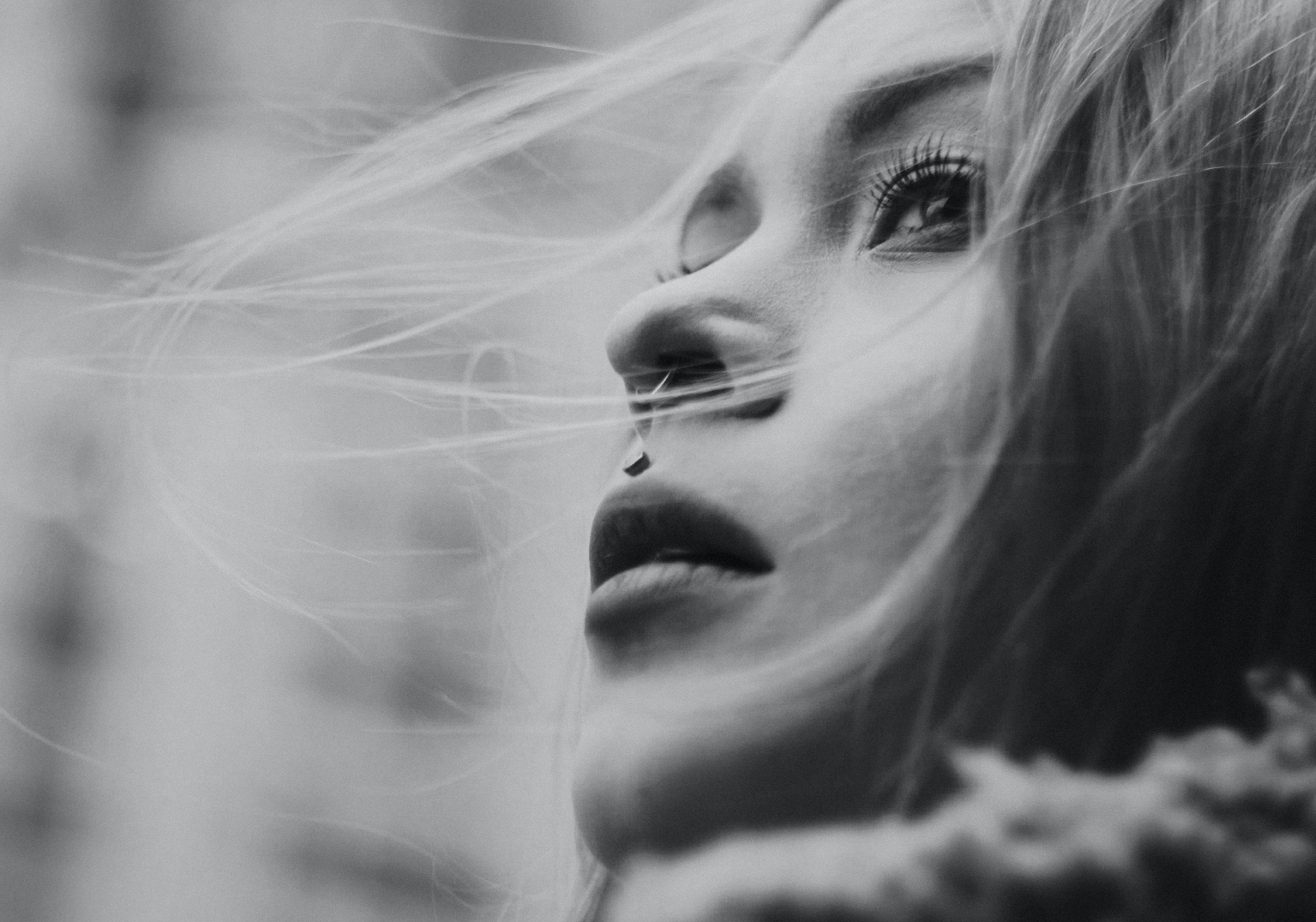
The Voiceover project was born from a desire to work with the artists that Katynsky admired. “Basically, for me it was a way to meet these amazing people. I was always a fan of Dakh Daughters, I met some of those artists before, but never had a chance to actually work together on something new”, he said.
Yura, who was born in a small town of Sosnivka near the western Ukrainian city of Lviv, remembers spending his childhood near pine forests and lakes. Eight years ago he moved to Kyiv to study television production at Kyiv National Karpenko-Kary Theatre, Cinema and Television University. Maintaining a connection with the wilderness was very important for him. “After I moved to Kyiv and have been living here for a while, I started feeling the need to run away from the noise of the city, to find a piece of nature, where you can hear the birds sing”.
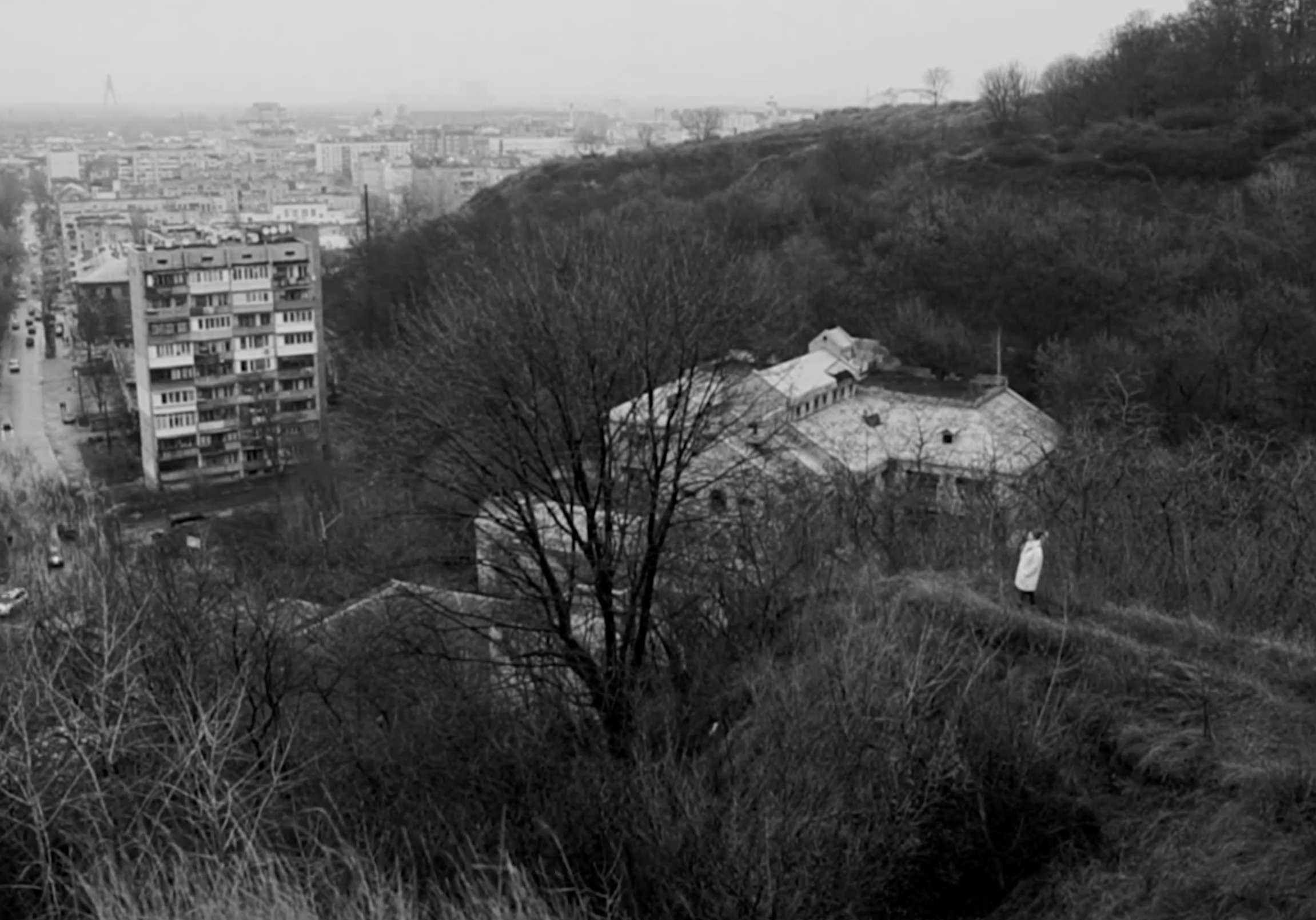
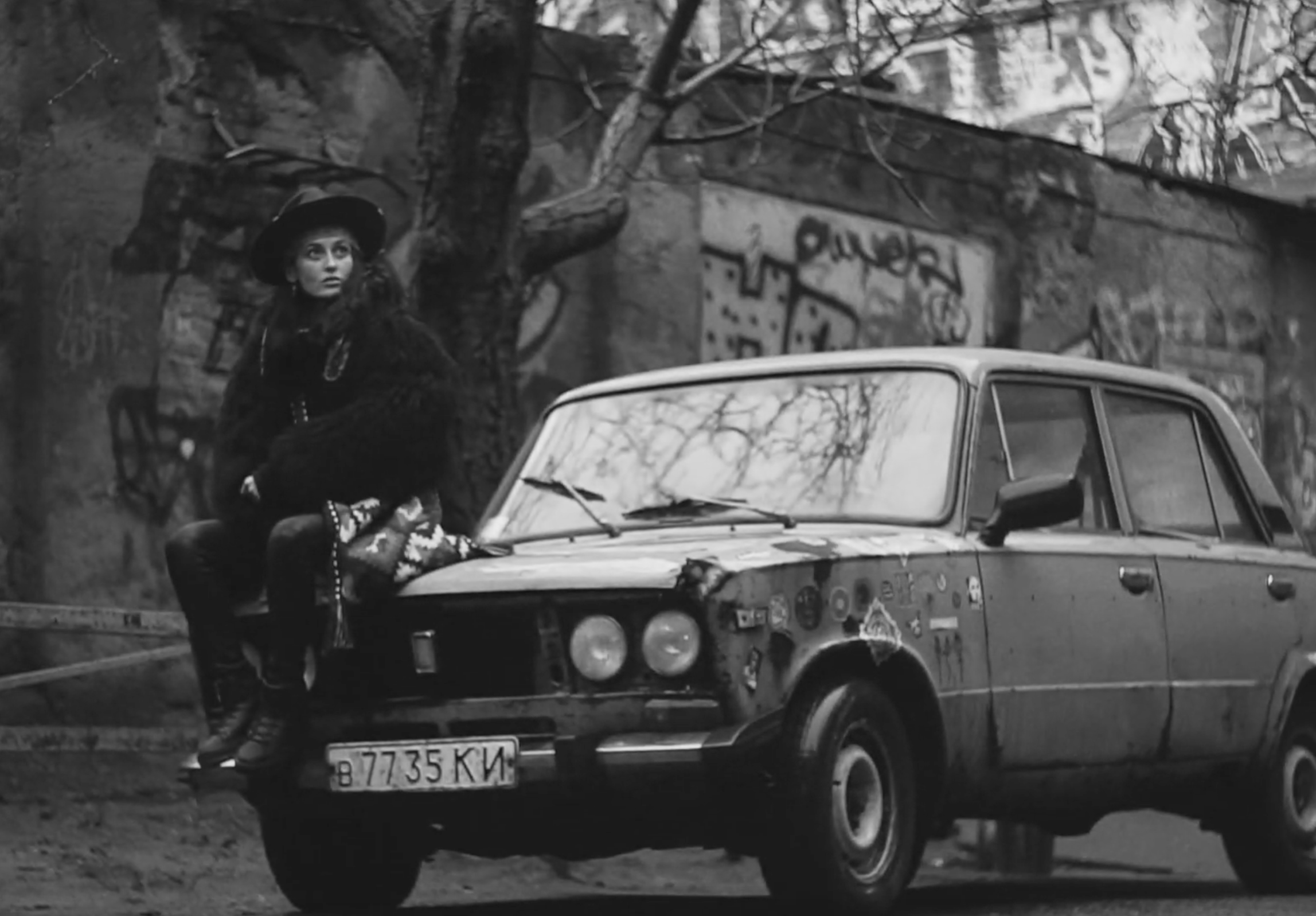
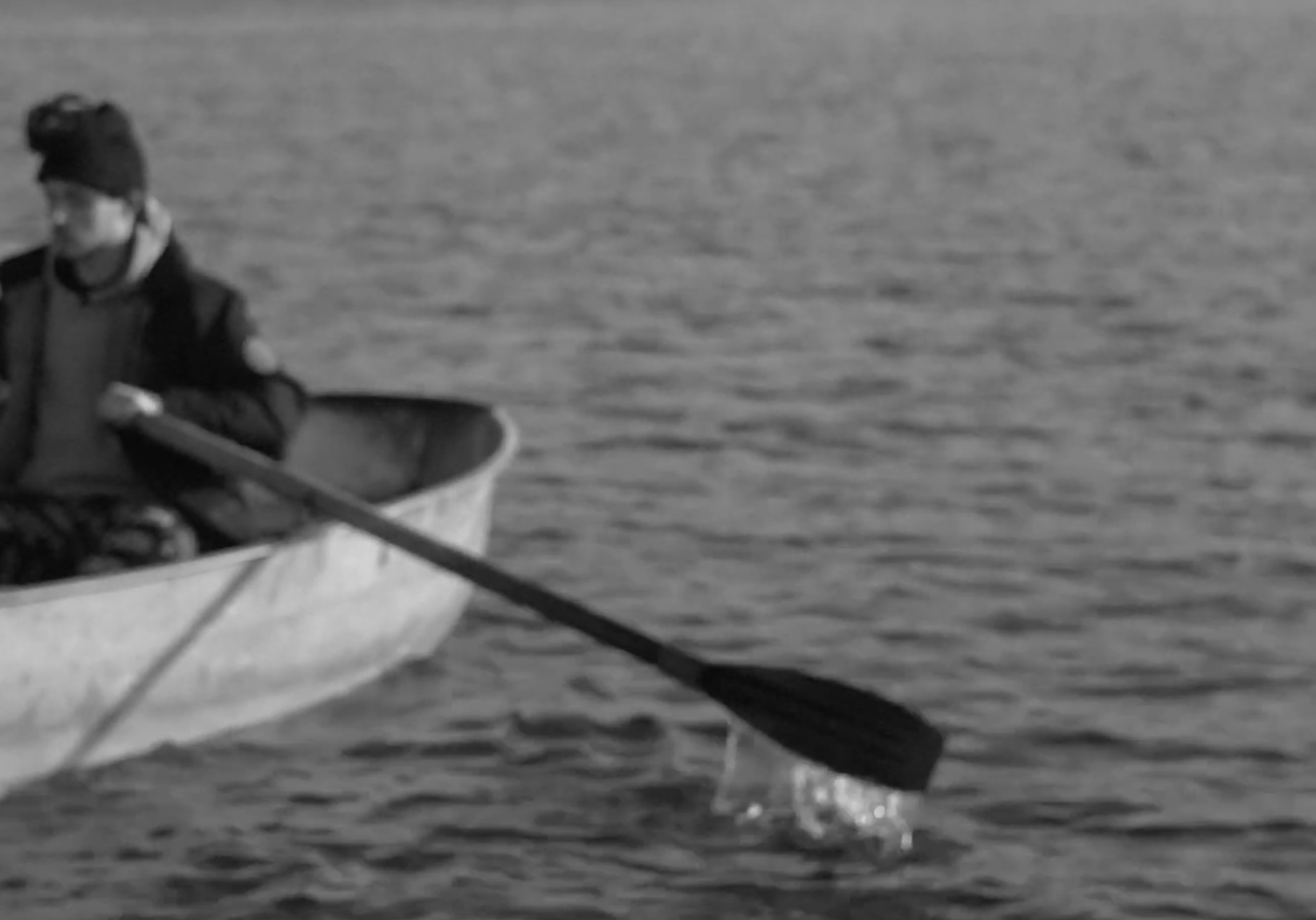
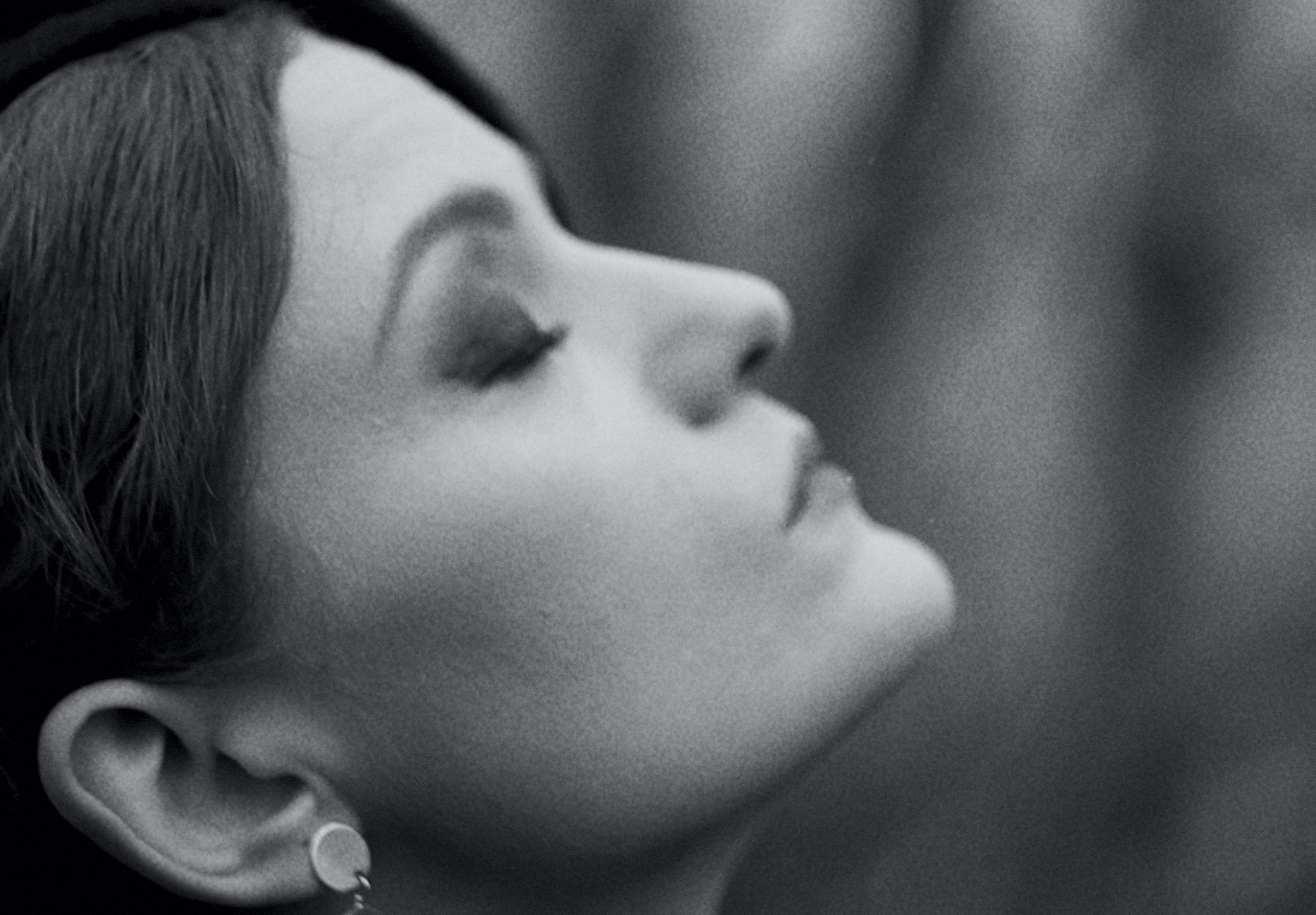
Over the last few years, he directed a short fiction film “Aftertaste”, a light-hearted story of a small-town adventure involving a group of friends, which navigates the themes of Ukrainian youth and LGBTQ rights in Ukraine. He also directed an experimental indie theatre production “Shafa” (“Wardrobe”) and worked as an editor for a variety of pop-music videos. According to Katynsky, The Voiceover Project for him was a way to return to documentary filmmaking. For this project, he cites as one of his inspirations Vincent Moon, a French filmmaker who is known for his cinéma vérité style of filming. In order to keep the filming atmosphere small-scale, he did the cinematography on his own. “I wanted to create a dialogue and to not act like a director, but rather like a person who captures the reality”, he says.
All the songs which appear in the clips are traditional Ukrainian folk songs that are largely unknown to the general audience. “I was eager to find something rare, from the depths of centuries. I think that these traditional songs capture very well the way Ukrainians feel joy, sorrow, sadness, peace, and anxiety”, he says. He was willing to keep the things improvised. “Most of my characters are experts in traditional songs. Before shooting I didn’t ask them what we were going to do. I just asked them to sing the song, which would capture their emotions at that particular moment”.
Katynsky used his Instagram as a main storytelling platform for this project. “This approach created certain rules like a one-minute long video. I like it, because Instagram gives you a connection with your audience. You know right away if someone is interested in your work and seeing something new in it that you personally can’t see”, says Yura.
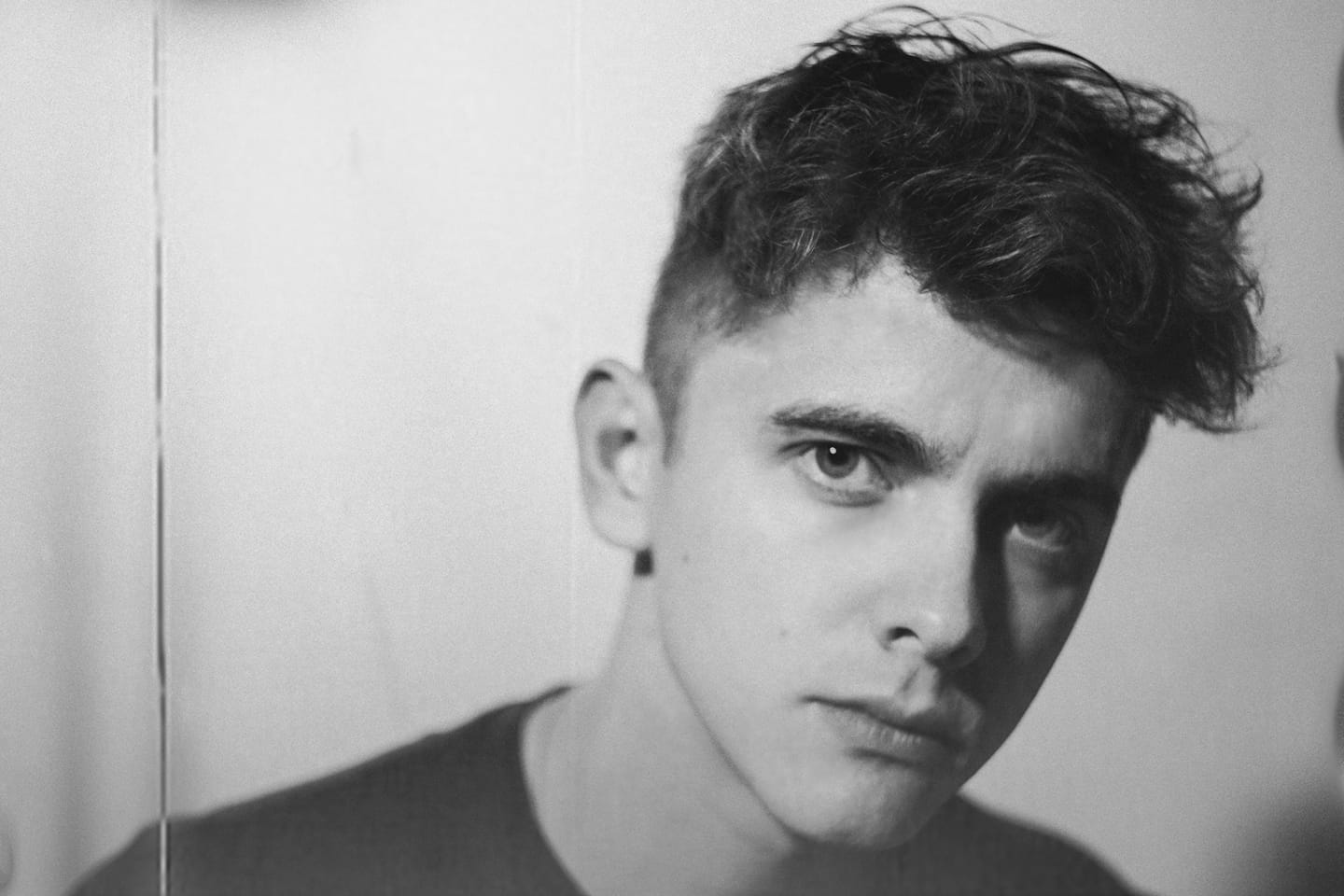
SEE-K: Do you like to film in Kyiv?
Yura Katynsky: It’s convenient to shoot in Kyiv, because you can find any location you need: from trendy post-Soviet interiors to a desert. The variety is huge, you can find anything you like.
SEE-K: What is your favorite place in Kyiv?
Yura Katynsky:I like Shchekavytsia Hill a lot. When I was studying in Karpenko-Kary University I was living in a student dormitory near this hill. The Ar-Rahma Mosque was also located near by, but somehow, I have never been there. The chance to visit happened only when we were filming the clip together with DakhaBrakha’s vocalist Nina Garenetska, who offered to visit the mosque. We went inside, listened about a foreign religion for a bit, it was pretty interesting. They thought that Nina was my grandma and I was her grandson (laughts).
